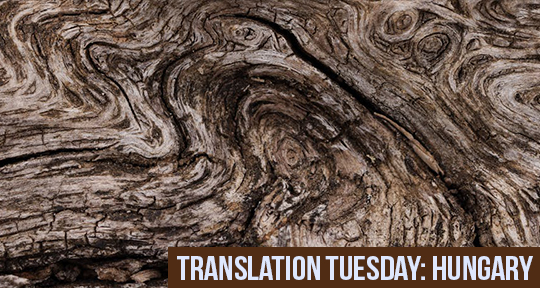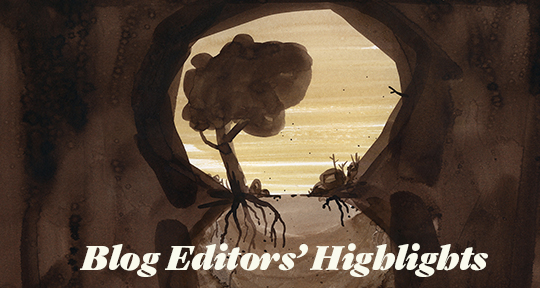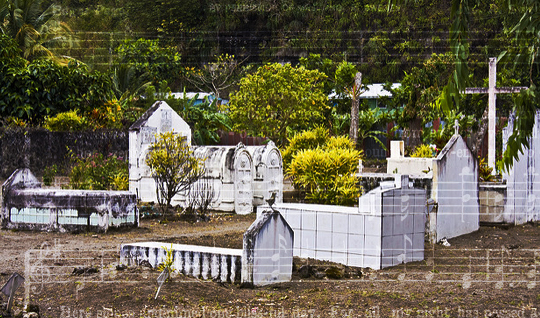For this week’s Translation Tuesday, we bring you a haunting short story by Hungarian author Csenge Fehér, translated by Dorottya Mária Cseresnyés. In this eerie tale, A young woman, ostracized for her otherworldly beauty by the inhabitants of her small town, flees into the forest at the exhortations of her abused and overworked mother. There, she is pursued by a huntsman, here transformed from the noble rescuer of Western fairy tales into a rapacious brute, with none but the creatures of the forest to protect her—men and women whose transformations have left them barely human, ravaged by time. But even they cannot protect her forever—not from the violence the huntsman brings.
There lived I, a girl with black nails and pale soul, in a raven ravine, deep into the woods. My small village―bones banging―was wrapped in a thicket. I was so pretty that I was pelted with dung if I dared to speak, was chased by hounds if I dared walk alone. You’re such a treasure, not even pigs would desire you, they said. In vain did the moonbeams weave your skin. In vain does your river of hair flow after your feet. In vain do your eyes mirror the ashes of the nights―no one will desire you. You’ll be of no use, bear no fruit, grow old alone, what a shame.




